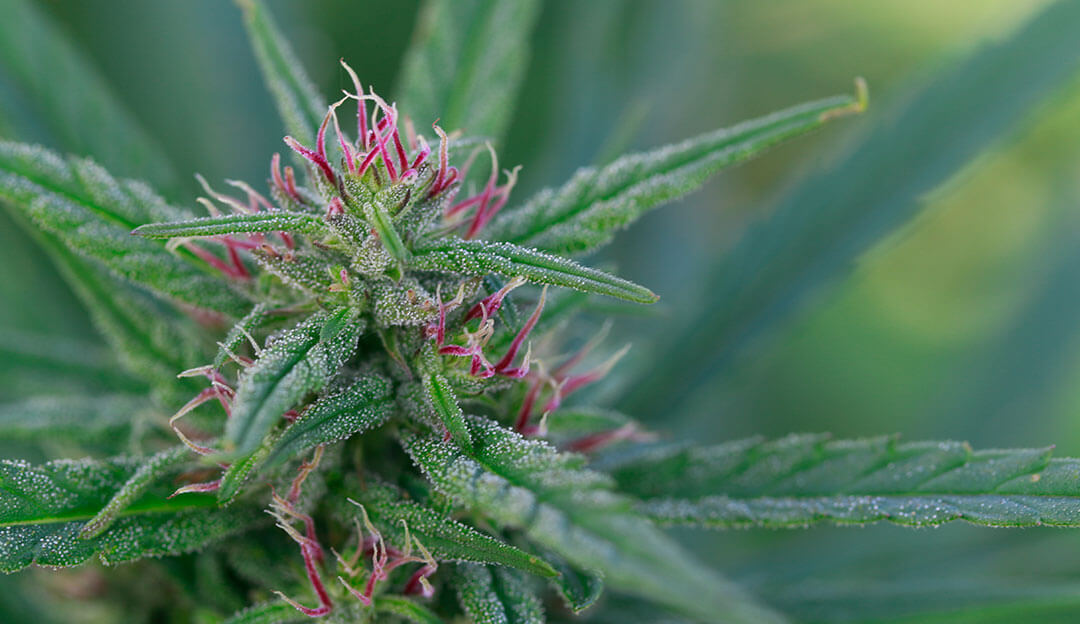Terpenes in Hemp Build A Powerhouse Ingredient

Terpenes are a hot buzzword when it comes to hemp due to their being some of the most complex profiles found in a single plant and their proven efficacy in the botanical world. Scientifically speaking, terpenes are ‘any of various isomeric hydrocarbons found present in essential oils.’ Terpenes are not exclusive to cannabis and are found throughout nature within different plant species. This has set the stage for research that has extended through the naturopathic and aromatherapy fields. It gives us an advantage in identifying different types of terpenes by comparing their fragrant oils and flavors to other plants.
As a company rooted in research, there are a few consistent terpenes that show up in the varieties we grow and extract. These compounds are associated with a variety of purported health benefits, meaning that in addition to CBD and the extensive number of other cannabinoids being researched, hemp has the ability to give us an even broader scope of integral health benefits. We will introduce and break down a few of the more common terpenes we find in the hemp varieties that we grow and extract, helping us to co-relate and advance our understanding of what hemp is capable of.
Beta-caryophyllene (BCP) is a popular terpene commonly found in black pepper, clove, cinnamon, and rosemary. Research at FSOil shows consistently high levels of BCP from flower to biomass, and all the way through to finished oil. When we think of the smells associated with these different plants, we naturally associate them with terms such as; spice, musk, and woody. This terpene is unique in its relationship with the endocannabinoid system and how it works with CB2 receptors. Intriguingly, BCP is being reported as both a ligand and a cannabinoid and is advanced because it is the only terpene considered by the FDA to be a dietary ingredient.
In other internal research, we have found that Myrcene is a prominent terpene across all of our varieties. Myrcene is unique in some other plants as well, as it is found in mangos, lemongrass, and thyme to name a few. When we consider these profiles, we are reminded of scents such as tropical, bright fruits, and balsam. One claim is that ‘myrcene synergizes the activities of terpenes and other compounds in a variety of ways. One mechanism that would be of particular note in cannabis is its claimed effect on the permeability of cell membranes, particularly the blood–brain barrier (BBB), increasing transport of cannabinoids into the brain.’ Research associated with this compound focuses on analgesic, sleep aide, and anti-anxiety effects.
Guaiol is one of the most exciting terpenes to watch in its evolution! Though not at the forefront, it has a lot of potential. It can also be found in Cyprus pine and a plant called guaiacum. Scents associated with this terpene are mint, rose, and evergreen, though research runs a broader gamut. Current efforts with Guaiol and other terpenes are looking towards insecticides as a natural defense in repelling specific pests. Additionally, this terpene is undergoing studies in cancer research for tumor reduction and chemotherapy.
Please follow along as we continue to explore the evolution and expanded knowledge of where the endocannabinoid system is. We will be discussing other important molecules within the plant and the new research that is being done in order to understand how they all work together. This plant has endless opportunity as its constituents are some of the most diverse in a single plant making it a true powerhouse ingredient.